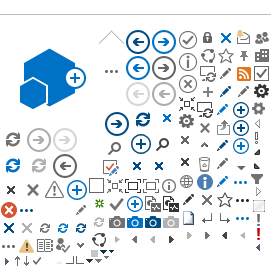Aquaculture Division
The Aquaculture Division of the Ministry of Agro-Industry, Food Security, Blue Economy and Fisheries is responsible for the promotion and development of aquaculture with a view to increase fish production through research of different marine and freshwater species. The Division has been involved in the production of juveniles of commercially valuable marine fish species such as marine shrimp, crabs, sea bream and amongst others, in the hatcheries for wild stock enhancement of the lagoon areas under the Marine Ranching Programme. Its activities also include transfer of aquaculture techniques for production of different fish species to fish farmers, improvement of aquaculture techniques for quality seed production, dissemination of information on aquaculture and provision of technical advice and support. The Division also provides technical assistance to promoters envisaging to undertake aquaculture projects by providing the required technical assistances and guidance.
Goal
To
promote sustainable aquaculture development in order to increase fish production
for food security and to enhance the socio-economic status of the fishermen
community
Key
Actions
(i) Research in aquaculture
development to improve aquaculture techniques for quality seed
production;
(ii) Collection and rearing
of cordonnier(Siganus spp.) fry and seed production of sea bream
(Rhabdosargus sarba ) for marine ranching programme and cage
culture;
(iii)
Encourage, advise
and promote sustainable fish farming activities through
production
and supply of juveniles of freshwater prawn, and berri rouge fingerlings to
fish farmers;
(iv)
Transfer of
aquaculture techniques to fish farmers and impartation of
technical advice on fish culture in floating cages to potential
farmers;
(v) Production of live feed
(phyto/zooplankton);
(vi)
Provision of extension services
and dissemination of information on best aquaculture
practices;
(vii)
Appraisal of aquaculture projects ; and
(viii)
Monitoring of aquaculture
projects.
Culture of freshwater prawn, Macrobrachium
rosenbergii
A camaron
(freshwater prawn) brood stock was introduced in 1972 from Hawaii. Since 2002,
the hatchery at the Albion Fisheries Research Centre (AFRC) undertakes the
production of juveniles to supply the medium and small scale farmers around the
island.
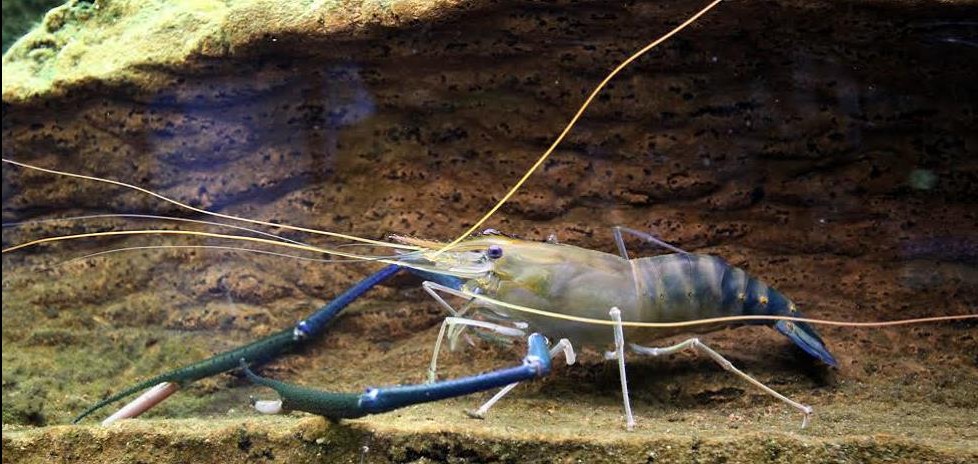
Freshwater Prawns (camaron)Collection of freshwater prawn, Macrobrachium rosenbergii through seining activities from the wild
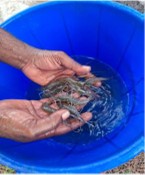
Larval rearing of macrobrachium rosenbergii
(i) The
fresh water prawn juveniles are available from December to April at the Albion
Fisheries Research Centre.
(ii)
The cost of
the fresh water prawn juveniles is Rs. 1.25 / unit.
(iii) Technical advice on the culture of fresh water prawn is provided
to farmers upon request.
(iv)
Requests for
the supply of prawn juveniles are received between August and November on
the Application Form for Fish Farming. Application form for Fish Farming can be obtained at Download section of this Ministry.
Note- For undertaking aquaculture projects, farmers should apply
for a water right from the Water Resources Unit / Central Water Authority of the
Ministry of Energy and Public Utilities. Tap water is not
recommended for culture.
Culture of berri rouge (Oreochromis
sp.)
The red
tilapia hybrid was introduced from Malaysia in 1990. Monosex fish was produced
through sex reversal treatment for culture yielding quality seeds with high
growth and good survival rate. Since 2007, the broodstock of berri rouge is kept
in outdoor concrete ponds at AFRC and are fed on red snapper pellets.
Reproduction occurs naturally in the ponds and the fingerlings obtained
are supplied to fish farmers.
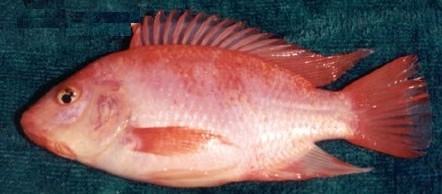
Berri Rouge
Berri Rouge in Aquaculture Tank
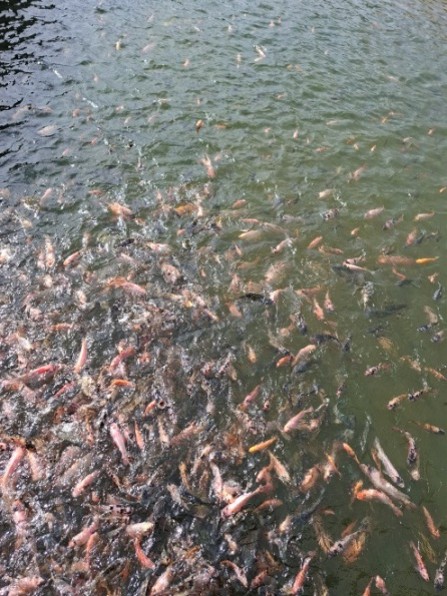
Berri Rouge Fish in Aquaculture Pond at AFRC
(i) Berri rouge fingerlings
are provided to fish farmers upon request at the cost of Rs. 1.25 per
fingerling.
(iii) Technical advice on
culture techniques is dispensed to fish farmers upon request.
Note: For undertaking
aquaculture projects, farmers should apply for a water right from the Water
Resources Unit / Central Water Authority of the Ministry of Energy and Public
Utilities. Tap water is not recommended for
culture.
Culture of live feed phytoplankton (Nannochloropsis sp.)
and rotifers (Brachionus plicatilis)
Pure strains of the phytoplankton, Nannochloropsis sp. is
maintained in the phytoplankton room all year round. Large scale
production of Nannochloropsis sp. is carried out in outdoor tanks to feed
the zooplankton, Brachionus plicatilis (rotifer) which are used as live
feed for sea bream larvae.
Phytoplankton culture
Rotifers
Marine Ranching
The
replenishment of the lagoon with fingerlings is an important activity undertaken
by the Ministry (Albion Fisheries Research Centre) to enhance and sustain the
fisheries resources of Mauritius which would, in the long run, be beneficial to
the fishermen community.
The target
species for marine ranching are Rabbit fish (Siganus sp) and Seabream
(Rhabdosargus sarba)
Seabream fingerlings in cages to be released at the Blue Bay Marine park
Siganus Sp|(Cordonnier): Release of Fish in Blue Bay Marine Park
Silver Seabream Eggs
Siganus Sp (Cordonnier)
Silver Sea Bream (Rhabdosargus
sarba)
Release of sea bream juveniles in mangrove areas
Release of sea bream juveniles in
lagoo
Pilot Floating Cage Culture Project
The
Ministry has started a small scale pilot cage culture project in the lagoon
since 2012, to empower the fishermen community and to alleviate poverty.
The project is being undertaken by fishermen cooperative societies in the
lagoon. The Albion Fisheries Research Centre provides technical
advice on cage culture.
A floating cage structure
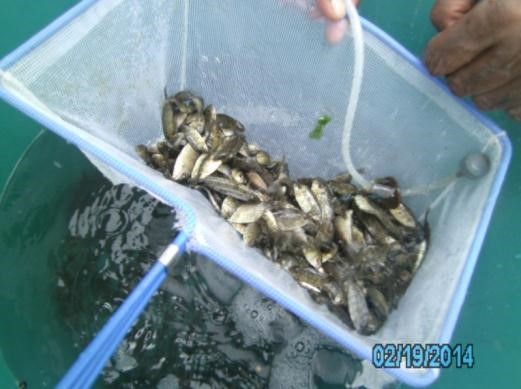
Stocking of
cordonnier fingerlings
Freshwater
Ornamental Fish
Advice on
culture techniques of freshwater ornamental fish namely: Gold fish, Platy and
Molly is dispensed to farmers upon request.
Gold fish (Carassius Sp.)
Platy (Xiphophorus maculatus)
Molly (Poecilia
latipinna)
Contact:
Divisional Scientific Officer – Aquaculture
Division
Albion
Fisheries Research Centre,
Albion, Petite Rivière,
Mauritius
Tel: +
(230) 2384100/4828/4744 (PABX)
Direct Line: 2384275
Fax: + (230) 2384184
Email: blueconomy@govmu.org
